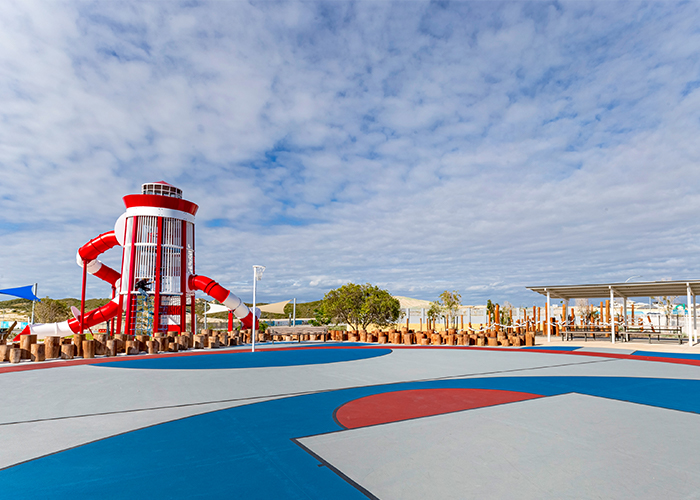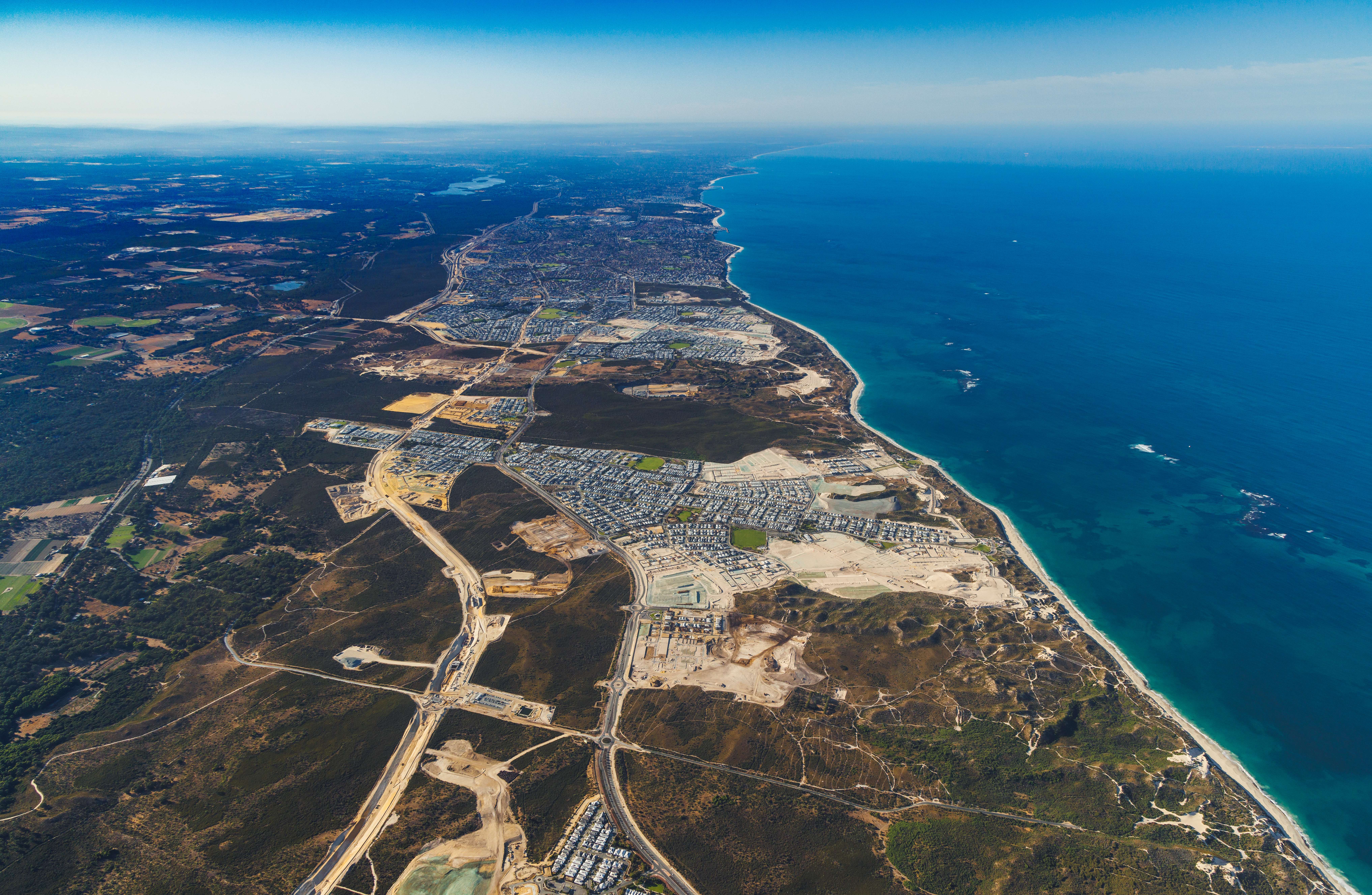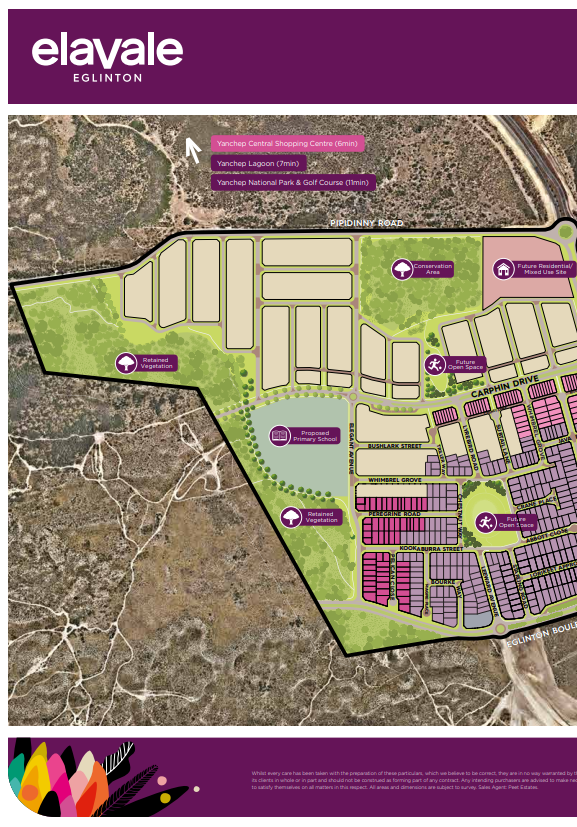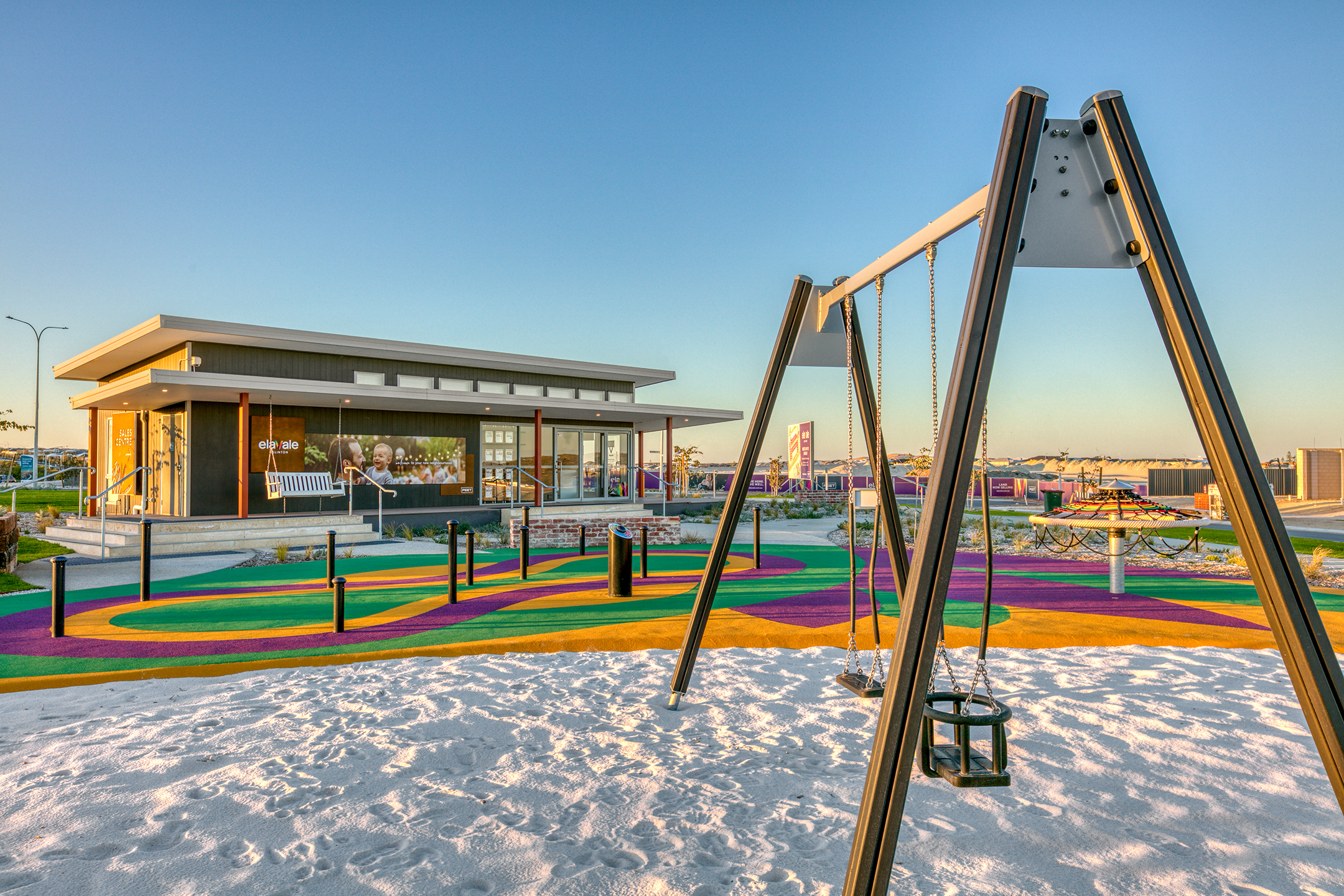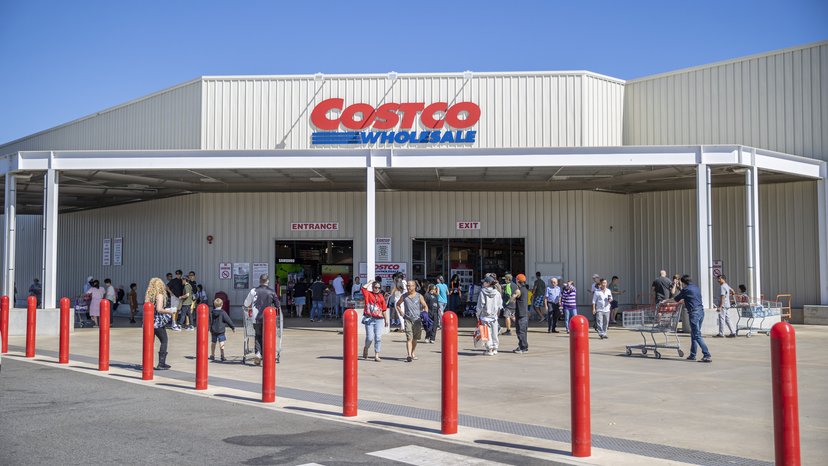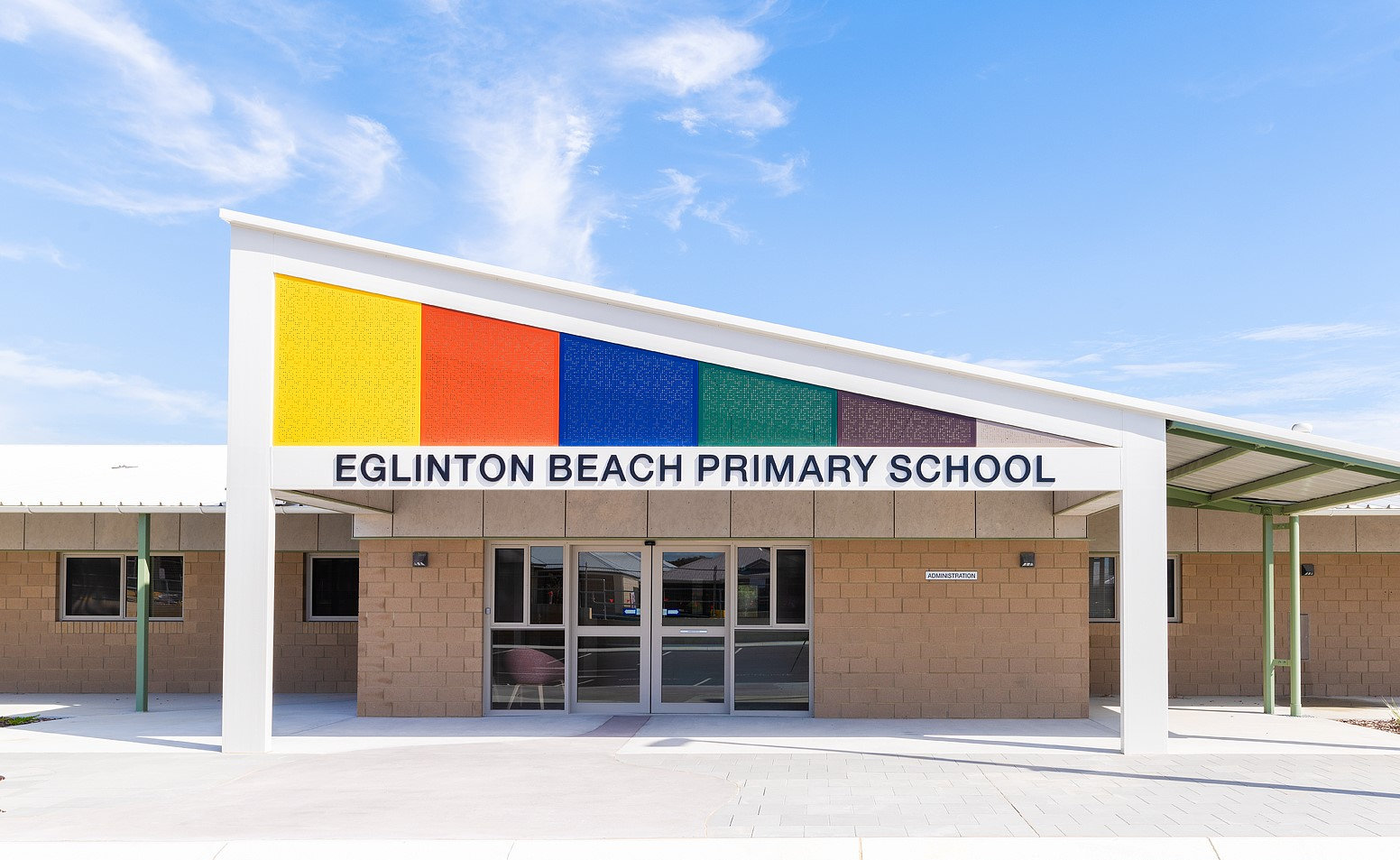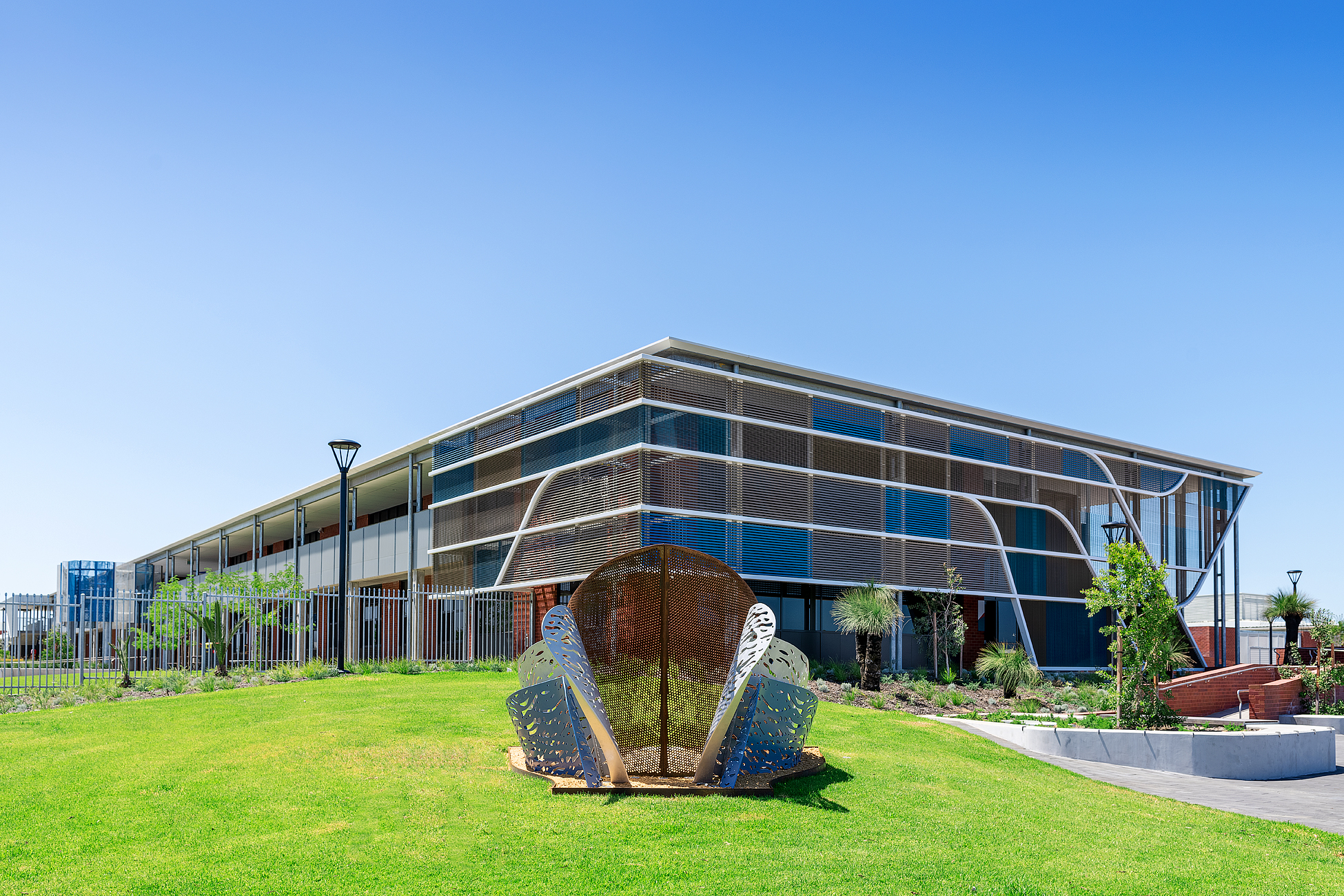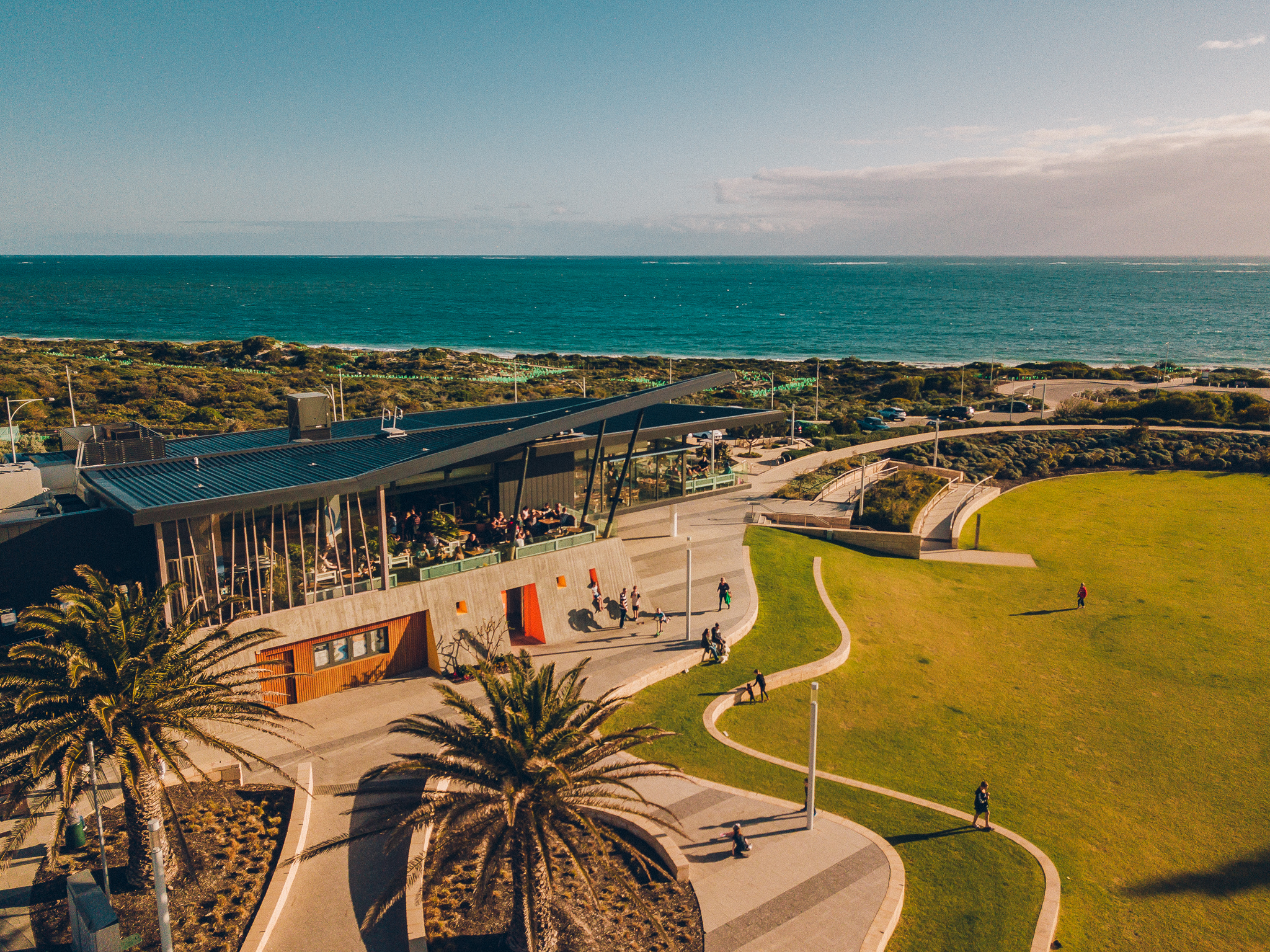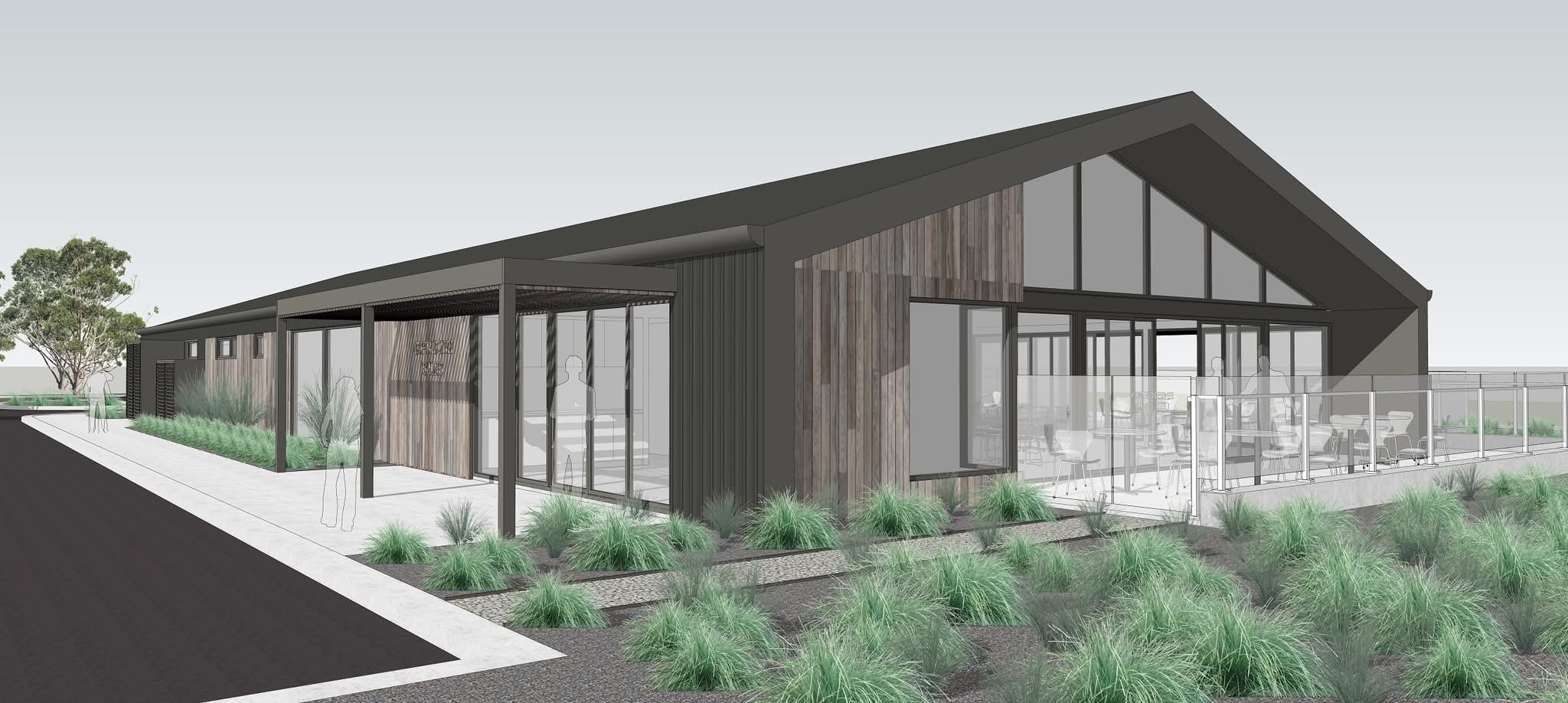Explore things to do at Elavale.
Located in Eglinton on the thriving northern coastal strip, Elavale is perfectly placed to provide everything you need. With the bush and beach so close, you can feel connected to nature every day while having great schools, shopping, parks, transport hubs, and more all within easy reach – and this is just the beginning. The vision for Eglinton includes a vibrant new town centre, and a future primary school.
Parks & Playgrounds
Nestled into the rolling coastal rises, Elavale is designed to manifest a sense of calm as soon as you arrive. Dotted with green links, neighbourhood parklands, and retained natural bushland, there are plenty of ways to get back to nature right at home.
Kookaburra Park
Get ready for some serious fun, right in the heart of your neighbourhood. Kookaburra Park is now open and serves as a fantastic outdoor hub for the Elavale community, offering a variety of amenities for everyone to enjoy.

Treasure Island Adventure Playground
Treasure Island Adventure Playground in Shorehaven’s Waterfront Park, takes play to a whole new level, transporting you to a real-life treasure island, with things to climb, slide and swing on, including a deconstructed shipwreck.

Revolution Park
Revolution Park is a destination playground boasting a mixture of nature and water play, as well as fitness equipment, basketball courts and kick-about areas. Plus, Revolution Park features dedicated dog park facilities, providing a safe and spacious area for your furry friends to play and socialise in a fully enclosed, off-leash environment.

Amberton Beach Lighthouse Park
Amberton Beach Lighthouse Park offers ocean views, a modern playground, walking paths, and picnic areas. It’s a family-friendly spot perfect for relaxation, play, and enjoying the nearby beach and scenic surroundings.
